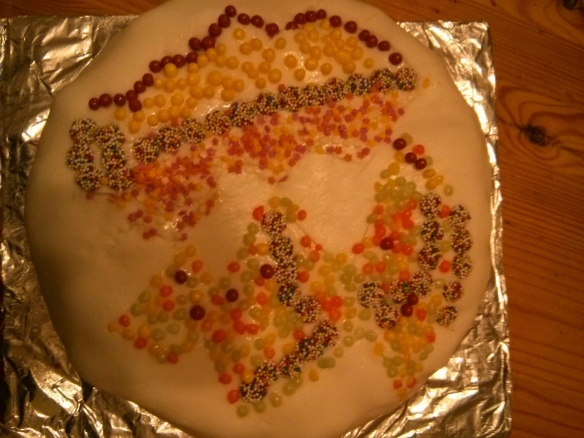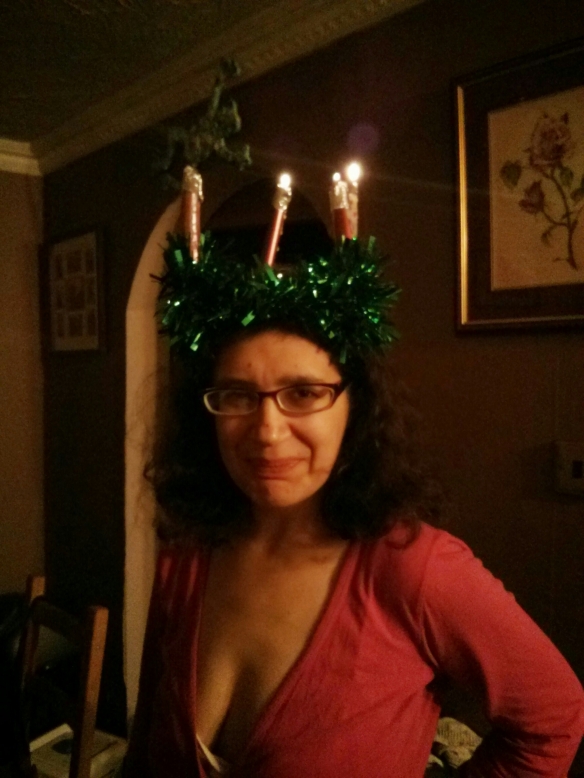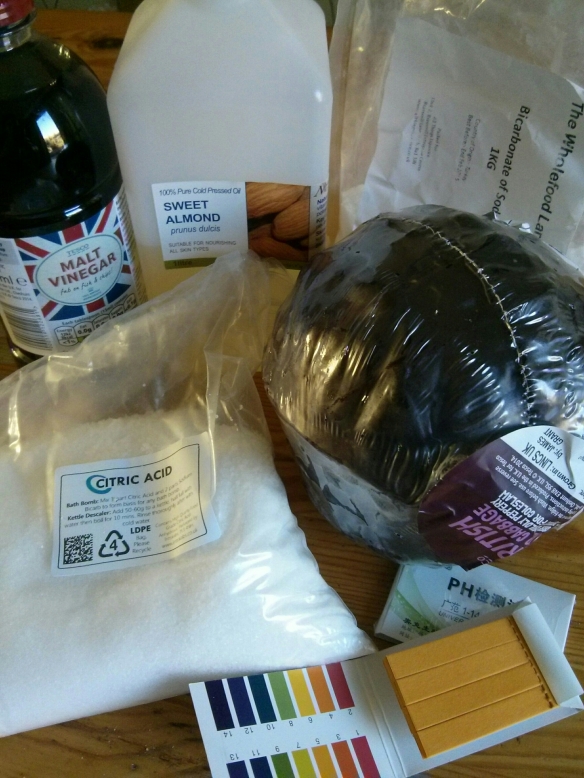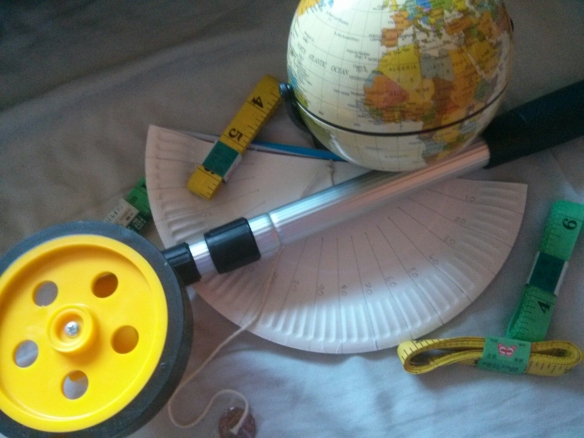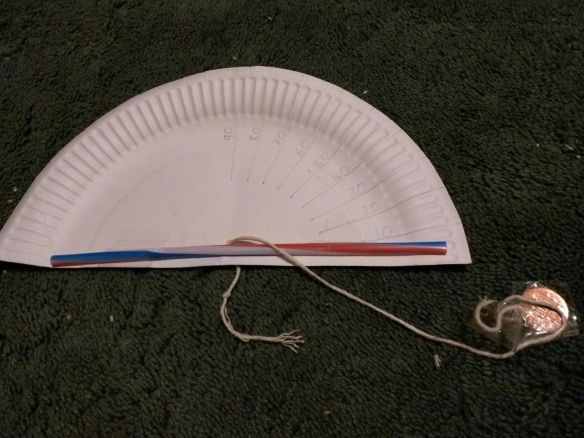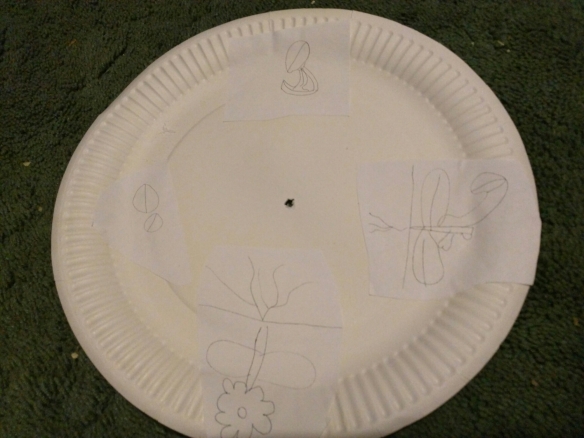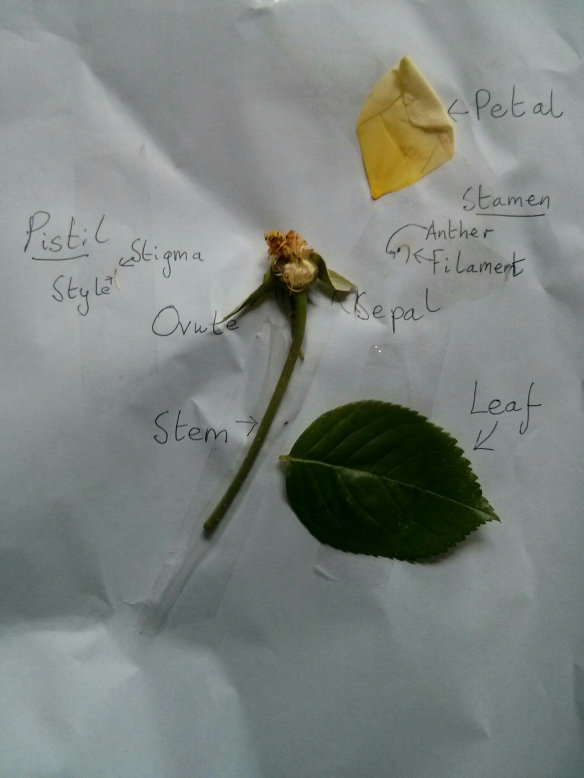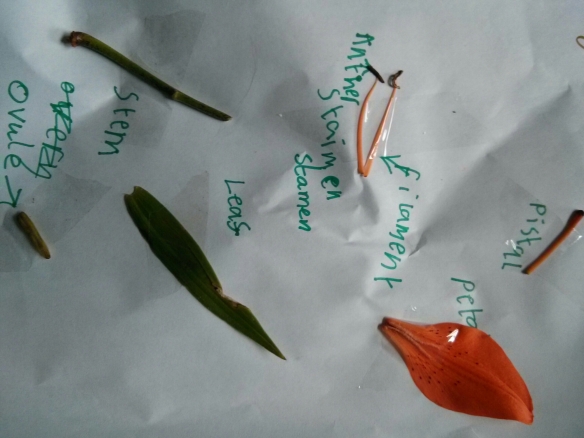Before the boys came home, I remember reading (though, I cannot find it again now, if it rings a bell with anyone, please let me know) that traditions could be beneficial in creating a family bond with adopted children.
I took this on board and quickly established firm traditions in our home.
Some are pretty common, like birthday cakes in requested shapes. Some are a little more personal to us, like staying up all night to watch the results of a General Election (we’ve had two so far, since becoming a family, but the boys cheerfully tell people that this is what we ‘always’ do).
In the run up to Christmas we have hit prime tradition time, so, I thought I would share some of our Christmas time traditions. Over the years, we’ve established ways of handling Christmas that seem to help keep everyone calm.
December 12th is St Lucia’s Eve. Every year, I put a crown of candles on my head and take a tray of snacks upstairs to the bedrooms in the middle of the night. It’s not something my family did as a child. It’s not a particularly common tradition anywhere, not even in Scandinavia where services in celebration of Saint Lucia are widely held. It does involve a midnight feast, though, and that makes it a winner with the boys. It is, I’m told, one of the best things about our family.
(Somehow this sight waking them up has never terrified the boys, nor caused a house fire!)
For our first Christmas, we were concerned about over stimulating the boys, do we held off as long as we possibly could and began our tradition of not decorating the house until Christmas Eve. After the children are in bed, we put up the tree, so the first time they see it is Christmas morning.
That first year, the boys didn’t want to ask for anything and were very worried about whether they were ‘good enough’ for presents. Eventually, I cracked and said (about a week before Christmas) “we’ve already bought you the bikes you wanted, they’re in the loft.” Luckily, that turned out to be the right thing to say! They calmed down and we started a new tradition. Each year we agree on the present they really want and I assure them that I have bought it. The rest of their presents are a surprise.
In the run up to Christmas, I make a big meal plan to cover the entire holiday period. We all plan it together and everyone gets to pick at least one meal. Food is incredibly emotive for our boys, so we tend to keep them informed about the meal plans, but the Christmas plan is the longest one we make. It lasts from Christmas Eve till Epiphany, and includes lots of reliable favourites.
Christmas Eve we always have leek and potato soup for tea. We keep the day very calm and bedtime normal. We hang stockings away from bedroom doors, partly because Eldest is a very light sleeper (the tooth fairy also leaves money quite a distance from his room), and partly because the idea of Father Christmas scares Middly a bit.
Christmas Day follows a rigid schedule, which is key to keeping everyone as calm as possible. Of course, we use routines for most things here, it seems to suit us well.
We get up and open stockings on our bed. Then we eat breakfast and go to church. After church, we have a drink and a snack. I put a few things in the oven. Then we open presents. After presents, we eat lunch (always the same traditional roast with a chicken and a big cut of gammon for them, a nut roast for me). After lunch, we have a walk.
We see family on Boxing Day and always eat Leftover Pie made with filo pastry.
Since the end of the festivities can be hard, we stretch the presents out a bit and celebrate Epiphany as well, leaving gifts in the children’s shoes as the decorations come down.
I’d love to hear any tips you have on making Christmas a time of peace and joy in your house.

